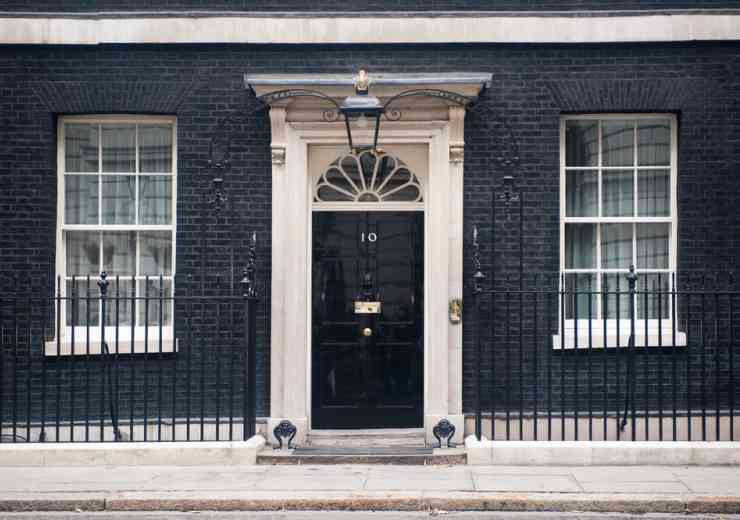RAF fighters intercept Russian planes in international air space
The UK scrambled fighter jets this week to intercept two Russian military aircraft in international air space north of Scotland.
The two Royal Air Force Typhoon fighters identified the planes as Tupolev TU-95s, mainly used by Russia for reconnaissance. The headline in the Daily Mail falsely claimed the Tupolevs had “stray[ed] into British airspace”.
This was contradicted by a Ministry of Defence (MOD) spokesman, who later confirmed that the Russian planes “remained in international air space at all times”, saying this was something “they are perfectly entitled to do”. He also added that Russian military flights have “never entered sovereign UK airspace without authorisation”.
Royal Navy vessels are also reportedly shadowing a Russian destroyer, which is sailing past the UK.
The MOD and the Guardian tried to downplay the link between these incidents and the explosive tensions between NATO and Russia following the installation of a pro-West regime in Kiev with the support of far-right and fascist forces. They said it was not “related to the Ukraine crisis”, but was a “relatively routine” occurrence.
Such statements were flatly contradicted, however, by reports in the Daily Telegraph, which wrote: “Senior commanders have said they are prepared for such incidents to increase, if tensions over Ukraine flare further.”
They occur as the Western-backed Kiev regime’s crackdown on pro-Russian protesters in eastern Ukraine is bringing Europe to the brink of war between Russia and Ukraine, and NATO builds up its military forces aimed at Russia throughout northern and eastern Europe.
The US is increasing the number of F-15 fighter jets based in Lithuania from four to 10; these will be joined by up to ten F-16s from the Danish Air Force as well as four Polish MiG-29s and six Canadian McDonnell Douglas CF-18 fighter jets. The RAF is sending four RAF Typhoon fighters as part of the NATO offensive. The fighter planes are supported by AWACS and airborne refuelling craft.
NATO is also deploying several naval vessels to the Black Sea. These include the frigate USS Taylor, the French frigate Dupleix and the French surveillance ship Dupuy de Lôme, who will join the destroyer USS Truxtun, forming a battle group capable of launching Sea Hawk attack helicopters and Tomahawk cruise missiles deep into Russian territory.
Under the 1936 Montreux Convention, naval ships from non-Black Sea countries must obtain permission from Turkey to pass through the Dardanelles and Bosporus Straits, and are limited to a stay of 21 days. The convention prohibits the passage of larger fighting ships from non-Black Sea states, such as the aircraft carrier USS George H.W. Bush, currently in nearby Greek waters.
Historically, control of this vital sea route linking the Black Sea with the Mediterranean has been a source of bloody conflict between the great powers. It was a theatre of war in World War I, with over half a million casualties in the Gallipoli Campaign alone.
General Philip Breedlove, NATO Supreme Allied Commander Europe, has said several members of the Alliance have offered to send ground troops into eastern European member states, and he would soon make recommendations about how to deploy them. He said the situation was more than a crisis, “For NATO, it’s bigger than that. It’s a paradigm shift”.
Earlier this week, Pentagon Press Secretary Rear Admiral John Kirby announced the sending of some 600 troops to Eastern Europe. The US embassy in Latvia said a company-sized contingent (about 150 soldiers) of US paratroopers from the 173rd Airborne Brigade would arrive in the country on Thursday, with a similar number of soldiers scheduled to land in Poland. Estonia and Latvia are also planning to host American soldiers for so-called “joint training missions”.
At the beginning of April, the Polish government requested NATO deploy 10,000 troops to its territory. Foreign Minister Radek Sikorski asked that “two heavy brigades” of armoured infantry be stationed in his country, which shares a 144-mile border with Russia's Kaliningrad enclave.
digital issue


























